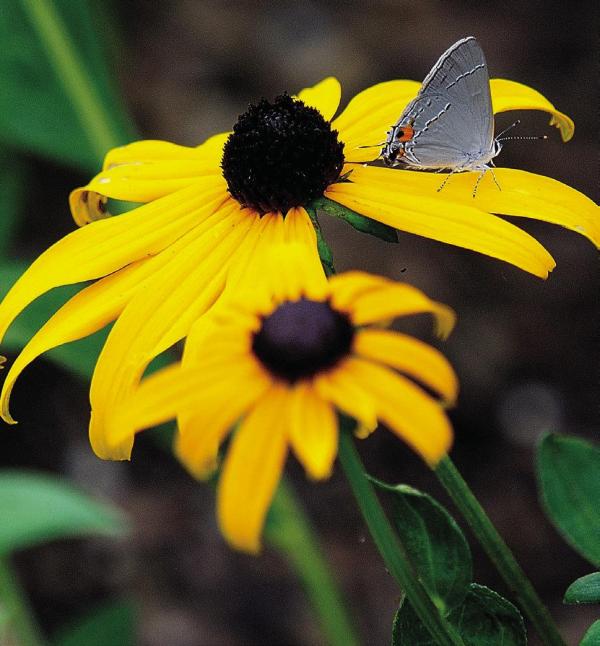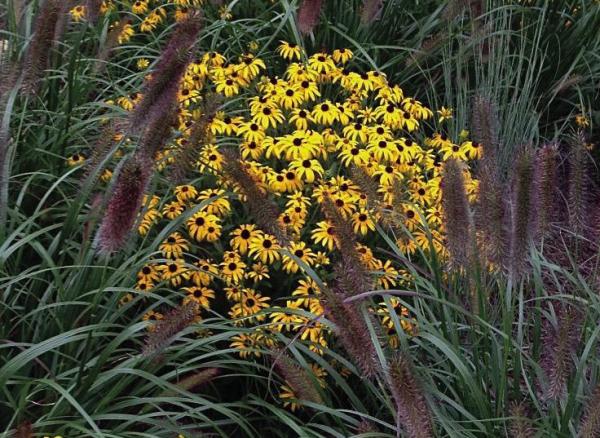GARDENING
Next year, there will be a horticultural occurrence or phenomenon that I don’t ever remember happening. It is going to be like the Gold Rush, except this time to get an award-winning plant. We can credit Brent Horvath, owner of Intrinsic Perennial Gardens, with this invention that has everyone excited: the American Gold Rush rudbeckia.
Growers and industry members alike are celebrating the first rudbeckia resistant to Septoria leaf spot. You may not have ever paid attention to the leaves of your Rudbeckia fulgida selections or hybrids, but the nursery industry has — and they are helping drive this hybrid to the top of the recommended list.
This is where the chain of events has mesmerized me as being most rare. First, American Gold Rush was awarded the All-American Selections Perennial Plant of the Year in 2020. Many of us were unaware of a cooperative venture with the Perennial Plant Association.
In 2022, Proven Winners added this to their perennial line-up, which added great impetus in getting it into gardener’s hands across the country. Then, the Perennial Plant Association further strengthened the effort by announcing it as its 2023 Perennial Plant of the Year. But it all comes to a crescendo as the National Garden Bureau has designated 2023 as the Year of the Rudbeckia.
These National Honors certainly go hand in hand with University Trials, where high numbers were revealed. But the press from the Missouri Botanical Garden and the Chicago Botanical Garden, where perennials are given a little more time to, as we say ‘perennialize,’ speaks volumes, giving notice that this is the perennial rudbeckia you should choose.
Whether it is a perennial garden, modern flower border, habitat garden or the meadow look you have always dreamed about, the American Gold Rush is for you. This hybrid, packed with native DNA, will bloom not only to reveal its golden yellow beauty but also to the delight of bees and butterflies too. The hairs on the leaves and stems that give a silvery cast in the sun also give protection from fungal infection.
The American Gold Rush has a different habit that you will quickly notice. The plants reach up to 27 inches tall with a wider spread to 40-inches. In other words, it makes a real show. While it brings in bees and butterflies, patient gardeners will notice favorite songbirds come to enjoy the delicacy of maturing seeds.
As long as your soil is well-drained, you don’t have to worry about adding copious amounts of amendments or trying to modify pH as alkalinity and acidity are typically not a problem. Choose a sight with plenty of sun.
American Gold Rush is recommended for zones 4-9, so most of the country can relish in its beauty. Space your plants at 36 to 40 inches to allow for the welcomed spread. In late winter or very early spring, cut it back like you do other perennials.
You can’t beat creating a prairie or meadow look combining with native grasses. The Garden Guy, however, will be combining his with plants in the pollinator garden like Color Coded echinacea, Uplugged So Blue salvia, Meant to Bee Queen Nectarine agastache and Upscale Red Velvet monarda.
Make your plans now, get in on the American Gold Rush and join in the 2023 rudbeckia celebration.
Follow me on Facebook @NormanWinterThe-Gard-enGuy for more photos and garden inspiration.




